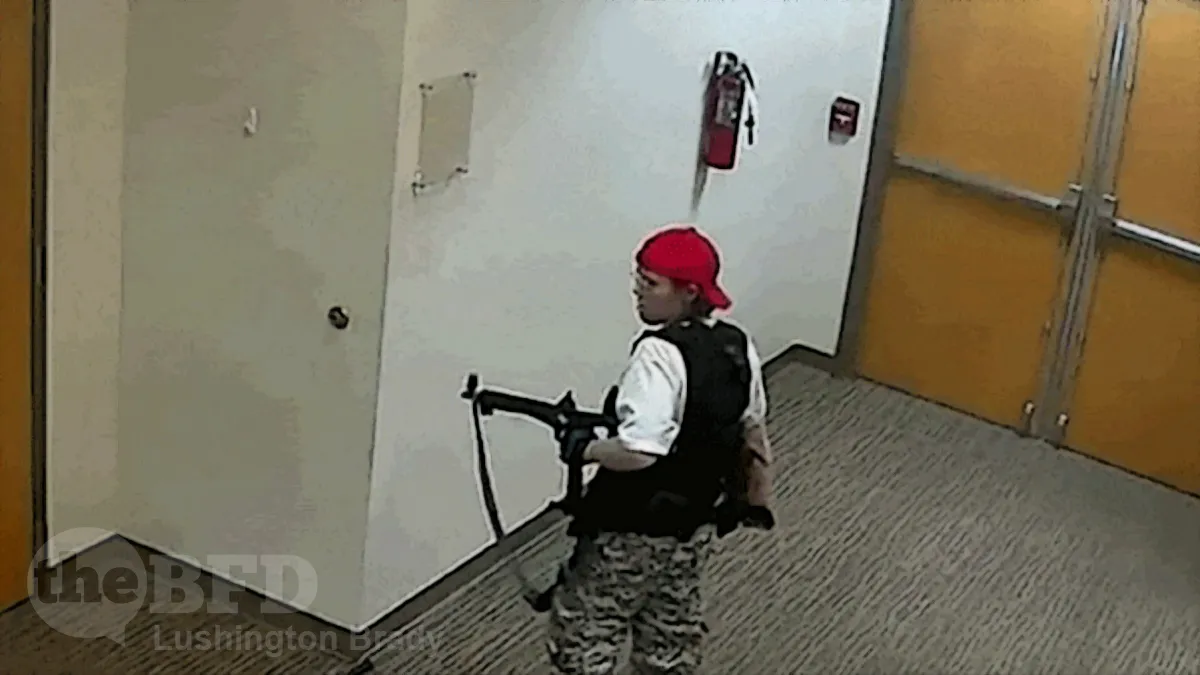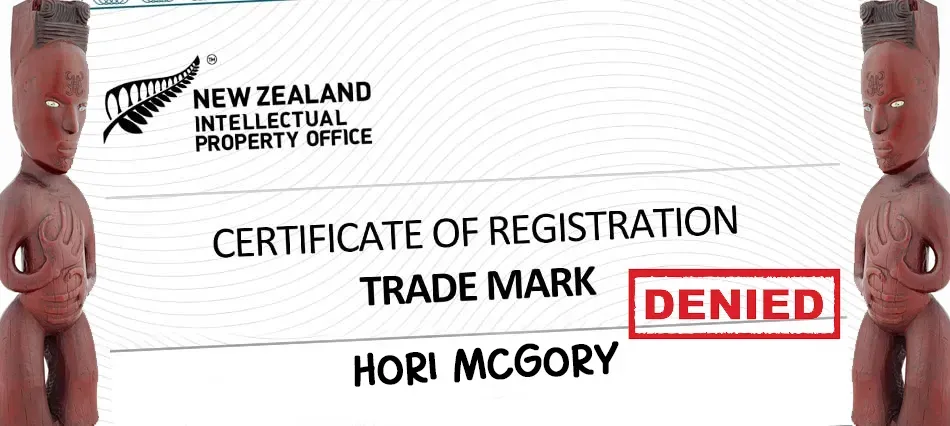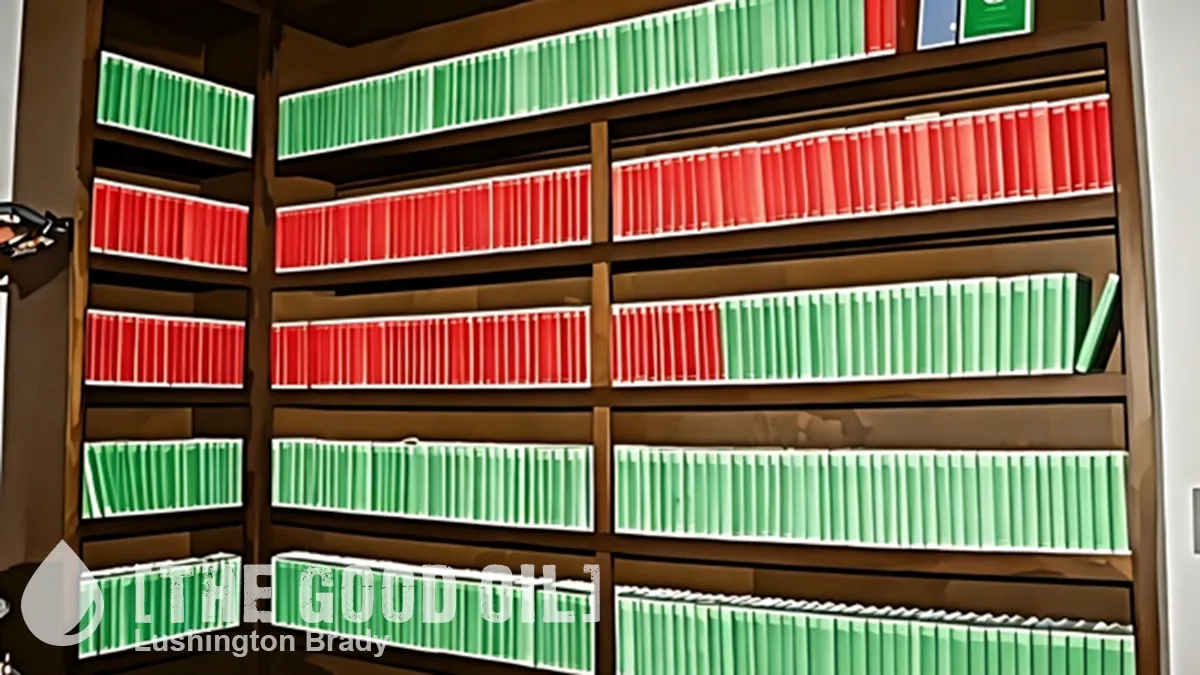Charlie Tidmarsh
Charlie Tidmarsh edits RealClear’s Censorship page and contributes writing on free speech issues.
On March 27, 2023, Hale (born Audrey Elizabeth Hale) entered the Covenant School armed with three semiautomatic guns and murdered six people, including three nine-year-old children. Hale, who was eventually shot and killed by police in the school, was a transgender man and former student at Covenant who harbored extremist sentiments on race, gender, and politics. The massacre remains the deadliest mass shooting in Tennessee history.
Adam Goldstein, a senior attorney at the Foundation for Individual Rights and Expression, told RealClear last week that there is no legal basis whatsoever on which Myles can pursue contempt proceedings against Leahy. “It has not been alleged by anyone to date that the Star or Leahy did anything unlawful to obtain this information,” Goldstein said, speaking of the leaked documents, “or that the information was not basically accurate as published.” Reporting on leaked documents, however they were obtained by a source, is an essential journalistic practice protected by U.S. Supreme Court precedent.
A legal battle over Hale’s so-called manifesto kicked off soon after her identity was confirmed on the day of the shooting. Unlike other recent mass shootings, the perpetrator’s writings were not published online beforehand. Investigators with the Metropolitan Nashville Police Department and the FBI have refused to release Hale’s writings and other documents related to the investigation, stating in an internal memo their desire to protect “legacy tokens,” or articulations of the perpetrator’s motivations, from inspiring copycats. Leahy and Star News Digital Media are plaintiffs in two ongoing lawsuits that seek to compel MNPD and the FBI, respectively, to release the documents. Chancellor Myles presides over the MNPD suit.
Amid these pending suits, The Tennessee Star received images of Hale’s diary from an undisclosed source. In a series of recent reports for The Star, Tom Pappert detailed elements of “nearly four dozen images of notebook pages written by Hale that were recovered from the vehicle she drove to the Covenant School,” supplied to The Star by an anonymous source familiar with the investigation.
On June 10, Chancellor Myles ordered Leahy to court to prove that he had not violated a court order by reporting on the leaked documents. Tennessee law protects the reporting, and attorney Daniel A. Horwitz was unable to get clarity from Myles on which orders Leahy might’ve run afoul of.
Myles’s legal theory appears to rely on the notion of prior restraint, which can, in certain cases of extreme risk – such as threats to national security or the possibility of imminent loss of life – legally suppress speech or material before it is published.
In practice, legal prior restraints are rare, perhaps even unconstitutional. “Prior restraints are the least justifiable forms of censorship in First Amendment tradition,” Goldstein says, adding that it would require extraordinary circumstances for a prior restraint claim on speech to be constitutional. “If the prior orders prohibited publication of this material, they’re presumptively unconstitutional prior restraints.” While last week’s hearing ended without formal action against him, Leahy remains in legal jeopardy, according to The Star.
In a statement provided exclusively to RealClear, Leahy emphasized the legality of his outlet’s reporting. “At The Tennessee Star,” he wrote, “we’ve provided an important public service by reporting the details of 80 pages of the Covenant killer’s journal which we obtained legally.” Leahy additionally emphasized that The Star has not yet published the documents themselves, opting instead to report on the most newsworthy aspects of the diary pages provided to them. These included revelations that Hale was motivated to die by a “pure hatred of [her] female gender” and referred to herself as “white nothingness,” among other salient details.
Hale had reportedly been a mental-health patient for 22 years at a Vanderbilt clinic known for practicing a controversial transgender medicine program that one doctor referred to as “big money,” according to The Star. These revelations provide important insight into Hale’s mental state and motivations preceding the atrocity, information that is typically made public soon after similar mass-shooting events. For example, when Rolling Stone reviewed the manifesto of Jacksonville shooter Ryan Christopher Palmeter, an avowed white supremacist, in 2023, no similar legal threats were issued.
The New York Post is so far the only national outlet to cover this case as a First Amendment threat, along with numerous local Tennessee publications and independent platforms. Coverage has tended to come from the right side of the political spectrum. Leahy appeared on the conservative news program The Gorka Reality Check, and on Steve Bannon’s War Room. In its coverage, the New York Times gives the court summons a single sentence, instead focusing on “the arguments for and against releasing the writings,” a troubling default position for a newspaper to take. Many conservatives feel this asymmetry in coverage represents the mainstream media’s unwillingness to highlight the role Hale’s transgender identity might have played in the attack. Before we can debate what led Hale to commit such a heinous act, we must have a full accounting of the relevant documents. It is first and foremost a question of the First Amendment, not of gender politics.
The First Amendment implications of this episode are obvious and grave: a local publisher is threatened with potential criminal charges for merely reporting on legally obtained documents. Leahy’s treatment also raises concern over the increasing hostility that judiciaries express toward the journalistic practice of maintaining source-confidentiality. Two days after issuing Leahy’s order to appear and show cause, the court expanded Chancellor Myles’s directive to include a local government official suspected of leaking the documents to The Star. What began as a narrow threat to Leahy’s First Amendment rights ballooned into a hunt for his confidential source.
In this way, Leahy’s case mirrors that of former Fox and CBS investigative reporter Catherine Herridge, who was held in civil contempt by a U.S. District Court Judge in 2019 for failing to divulge the identity of one of her sources for a 2017 story about an FBI investigation. Herridge was threatened with a fine of $800 a day until she revealed her source(s) to the court. This penalty has been stayed pending appeal but remains potentially enforceable. Herridge published an account of her legal battle in The Free Press earlier this week.
Ordering Leahy to reveal his source, thereby opening that source up to criminal prosecution, would violate a ruling in the landmark 1971 Pentagon Papers Supreme Court case, wherein six justices decided that the New York Times was protected by the First Amendment when publishing confidential Pentagon documents it had received from military analyst Daniel Ellsberg.
Taken together, these cases represent a remarkable departure in recent years from the formerly iron-clad protections afforded to journalists working with confidential documents. Whether on the state or federal level, these efforts to curtail a free press in court must be repudiated. One would hope that the national press would unify against this gathering threat to its collective freedom.
This article was originally published by RealClear Wire.









